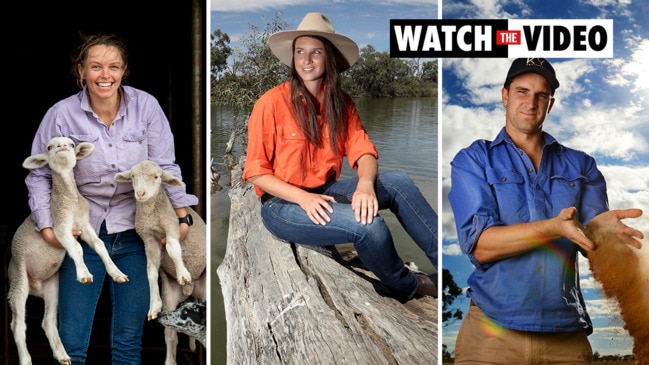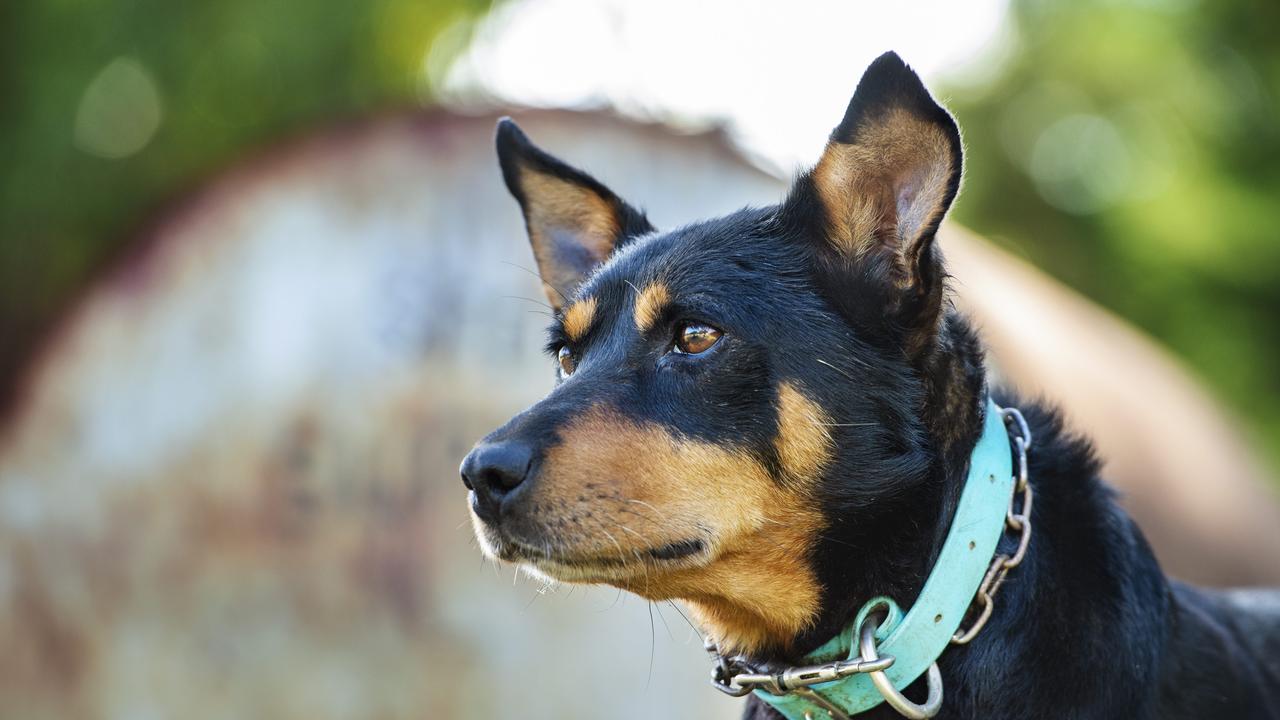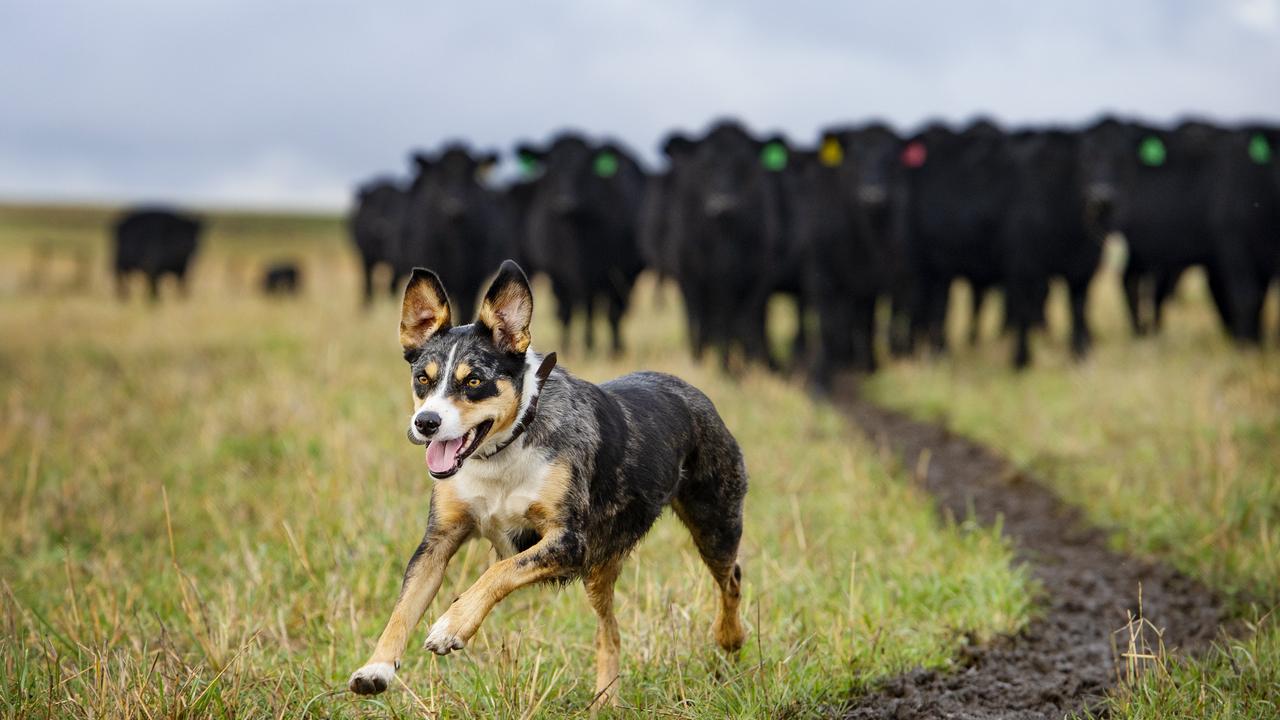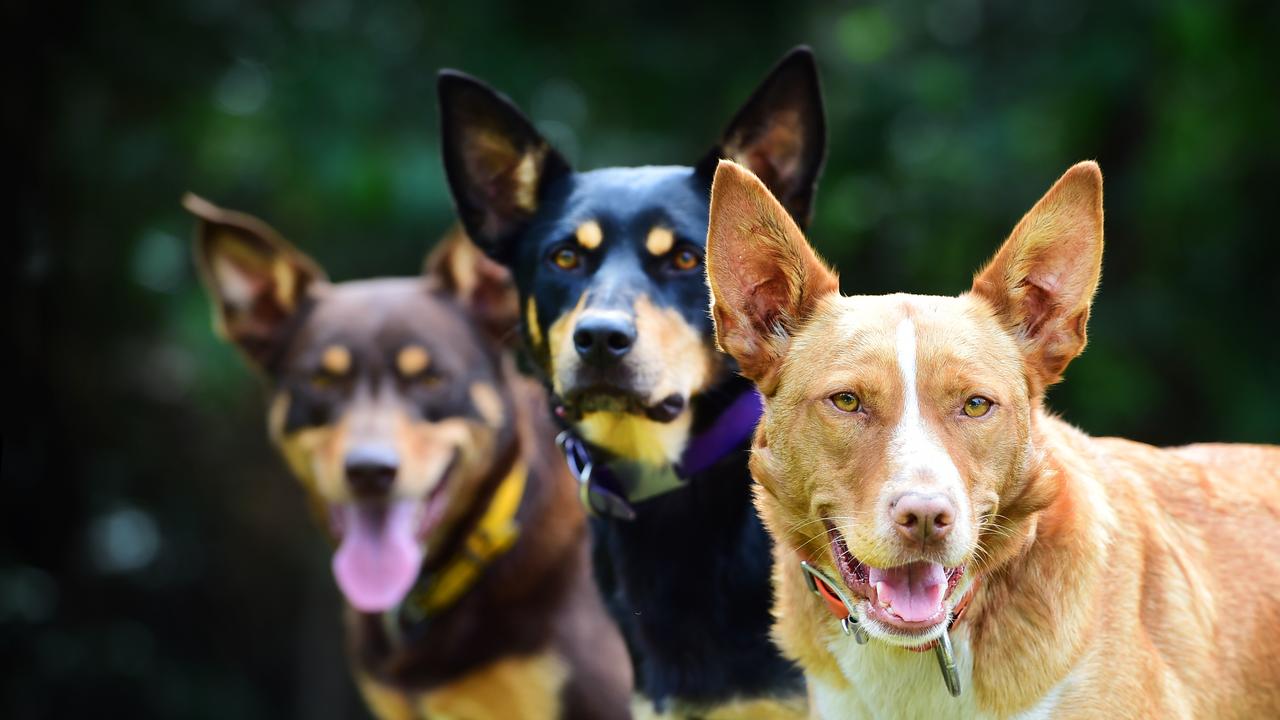How to train a working farm dog: Kelpie, Border Collie Australian Shepherd
Our extensive step by step guide covers everything you need to know about buying and training a working dog - including breeds, mustering and commands.

A well-trained dog can be a farmer’s best friend. It’s generally agreed a smart sheepdog is worth more than seven men and many times more effective.
They say you only get one top dog in your lifetime – and the most personally rewarding way is to start with a pup. The secret is to work on and bring out a dog’s natural instincts.
BUYING A WORKING DOG
It pays to buy your pup from a reputable, experienced breeder, on at least three referrals.
Look for a breeder with a farming operation similar to, or bigger than, yours – or a farm size that you aspire to.
Talk to other farmers and stock agents, noting who breeds the top dogs, because inevitably they will be selecting for traits you have not even dreamt about.
Once you have found a breeder, let them know the type of dog you are after.
It might be a good dog to force sheep up and run over their backs, or maybe a dog for speed and casting ability.
Top trial dogs might not be great farm working dogs, as they may have too much “eye” and careful control of a few wethers, rather than possessing the force and push required for bigger mobs. Talk to your breeder about this.
If you already have an older dog, his working life will be extended another two years by introducing a new, agile pup for him to keep up to and impress. However, you don’t need another dog to teach your dog to work. You are the “pack leader” and you will bring out their instincts as they develop.

WHEN TO START TRAINING
Experts believe training for top dogs should start at eight to 10 weeks by working small mobs of sheep in the yards for a few minutes at a time.
When a young dog is ready and keen to work, gather several docile Merino weaners (not pets or rams that will stand up to him and stamp their feet).
Put the sheep in a round paddock – with no corners to jam into – about the size of a netball court and have the pup use his natural instincts to bring the sheep to you while you stand at the entrance.
HOW TO TRAIN
To teach the pup to muster to the right, gesture and tell him to “go round”.
To muster the mob to the left, tell him to “go over”.
Round and right is an easy combination to remember.
Teaching your dog to work to the right or left is invaluable when moving mobs off roads or creek embankments.
Should he cast the wrong way, call “go over, over”.
Once your pup brings them into the yard, close the gate and make a big fuss of him.
The next task is to “push” the small mob into the shed together, calling consistently and emphasising the “sh” part.
Once the mob is in the shed, make a fuss of the pup with pats and cuddles. This activity might take several lessons to achieve but is the basis of all teaching.

WHAT TO SAY
For long distances where sheep are up to a kilometre away, call “way over”.
Sometimes you will want your dog out of the shed or yard, to which you simply say, “out – get out”. A gentle sweep with a leaf rake as you say this also helps.
When you want them to stop working the sheep, call “That’ll do” or “Don’t worry about them” and begin riding or walking off in another direction.
It is not hard to teach, but it is imperative to have the dog work sheep only when you want him to.
To show your displeasure, utter “AARRGGH” in a low and aggressive tone. Remember, it’s the tone the dog picks up first, then the words.
Importantly, never leave your dog in a small pen with a few aggressive rams or bold ewes that might butt him.
Even extremely bold dogs can become frightened of being rammed, which can lead to a serious loss of confidence.
RIDING A MOTORBIKE
Training and working your dog while you are on a motorbike goes together like lamb roast and mint sauce.
However, some dogs such as young Border Collies with too much energy will not ride on the back of a motorbike. To fix this, take the dog for a decent run (up to 5km) and stop halfway up a hill. Get off the bike and gesture to the panting, exhausted dog, “Do you want to hop up?” and help him up. Praise him when he sits on the bike.
Most dogs will sit on the back and have a good rest as you ride. Secure your dog in your ute when driving, as serious injuries can result if he falls out.

ON THE SHEEP’S BACK
To train your dog to run along the backs of sheep, place a sheepskin on a steady 44-gallon drum and get him to “hop up”. Make a big fuss of him when he does. Occasionally roll the drum as he hops up. Later, progress to him hopping up on a tight pen of sheep. Encourage him to bark by saying “speak up”.
The final call is to urge him to “go way up”, hopping over their backs in a longer race and dropping down at the head of the mob. A whistle and “come back” will have him weaving his way back to you as the sheep head in the opposite direction. Kelpies are especially good at this.
STOPPING ON COMMAND
To teach a dog to stop on command, tie a light, 7m-long rope to his collar. As you go about normal duties, deliberately stand on the end of the lead and call “stop”. He has to stop, of course, so tell him he is a good dog and pat him. Do it over again and again for a week or two. Watch that the cord does not become tangled around the dog.

MUZZLE TIME
If your dog has a tendency to cut a single sheep from a mob (perhaps a fly-struck one) in the paddock, fix a muzzle to him so he has to think of another technique to bring the sheep down instead of biting and hanging on. The call is “get him”.
KEEP YOUR COOL
Never lose your temper, throw sticks or strike out when working with your dog because it is a reflection on you and your lack of mastery training. The dog’s whole purpose in life is to please you so teach him the skills he needs before the pressure is on. When dogs are young, they must be tied up and fed at night so they associate tying up with feeding.
HOW MANY DOGS?
One good dog is 100 per cent effective in stock work, and two dogs (a male and female often get on well together) are 200 per cent effective – but once you have three dogs or more the average handler will be back to about 50 per cent efficiency.
As the top dog matures, tying it up is unnecessary because he will think the way you do and be at the back door ready to go at any time. He will know by the tone of your voice and the way you pull your boots on that it’s time to work.
BORDER COLLIE OR KELPIE?
It’s a tough decision because both breeds have amazing working ability.
The answer will likely be whichever one you believe in.
Border Collies are intelligent, obedient and easy to train.
Kelpies work better and longer in the heat and are more adept at running along the backs of sheep because of their more compact size.
The short-haired Border Collies are a bigger, more robust dog.
The advice in this guide comes from The Weekly Times Farmers Handbook – a bible of farming and authority on farming issues. Since 1934, the handbook has been helping farmers with vital information, all of it garnered from the pages of the newspaper itself.




